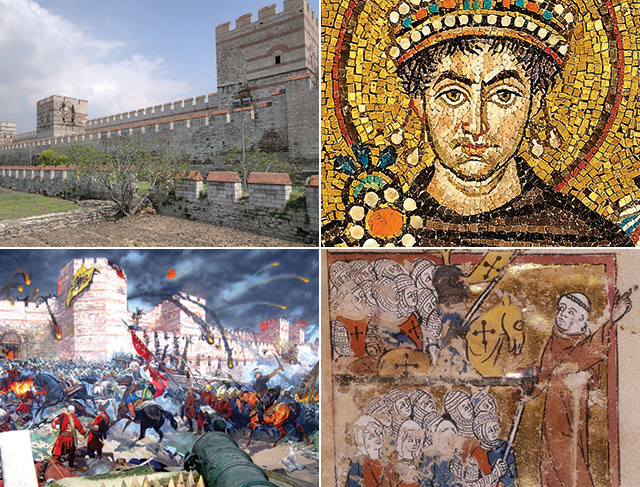Planning a more diverse and coherent Year 7 curriculum
Teaching History article

They sometimes clashed, and ultimately blended: Planning a more diverse and coherent Year 7 curriculum
In this article, Jacob Olivey describes his department’s efforts to both diversify their Key Stage 3 curriculum and secure greater curricular coherence. Building on a large body of research and practice, Olivey sought new forms of curricular coherence through the selection and sequencing of substantive content across the curriculum. He reflects on the challenges such decision-making entails and shows how he drew on historical scholarship to find practical solutions. In setting out his rationale and approach, Olivey also responds to the potential critique that in searching for substantive coherence pupils will inevitably be presented with a teleological grand narrative.
By the late eighth century, Offa of Mercia (r. 757–96 CE) controlled much of what is now England... To make international trade more efficient, and thus increase his tax revenues, Offa introduced silver pennies – the finest coins seen in the British Isles since the centuries of Roman rule.
One coin, however, stands out. Unlike the silver pennies, it does not depict Offa – though it does bear his name and title. Instead, its design was based on the gold dinars minted by Offa’s Muslim contemporary, Caliph al-Mansur... Interestingly, this hybrid coin was not found in England: it was unearthed in Rome, and probably formed part of a larger gift to the papal treasury. It demonstrates the cultural and economic reach of the Abbasid Caliphate, and shows connections between Baghdad, Mercia, and Rome; between a caliph, a king, and a pope; and between the medieval Islamic and Christian worlds...
This resource is FREE for Secondary HA Members.
Non HA Members can get instant access for £2.49

